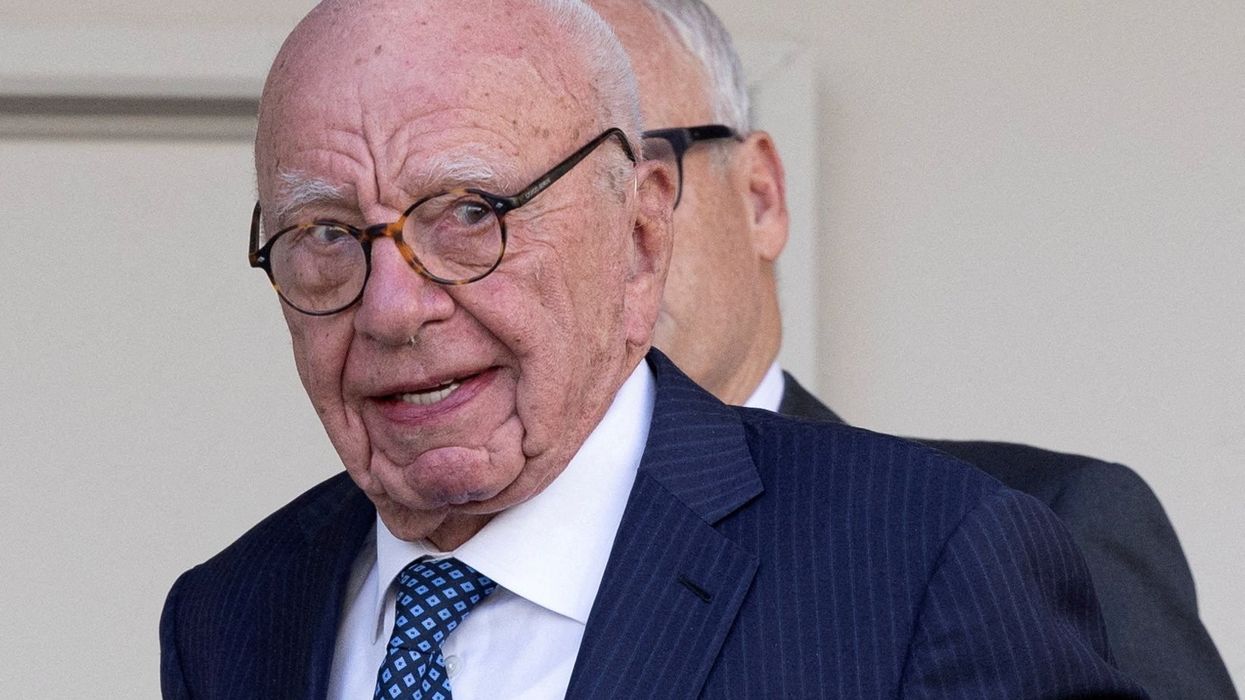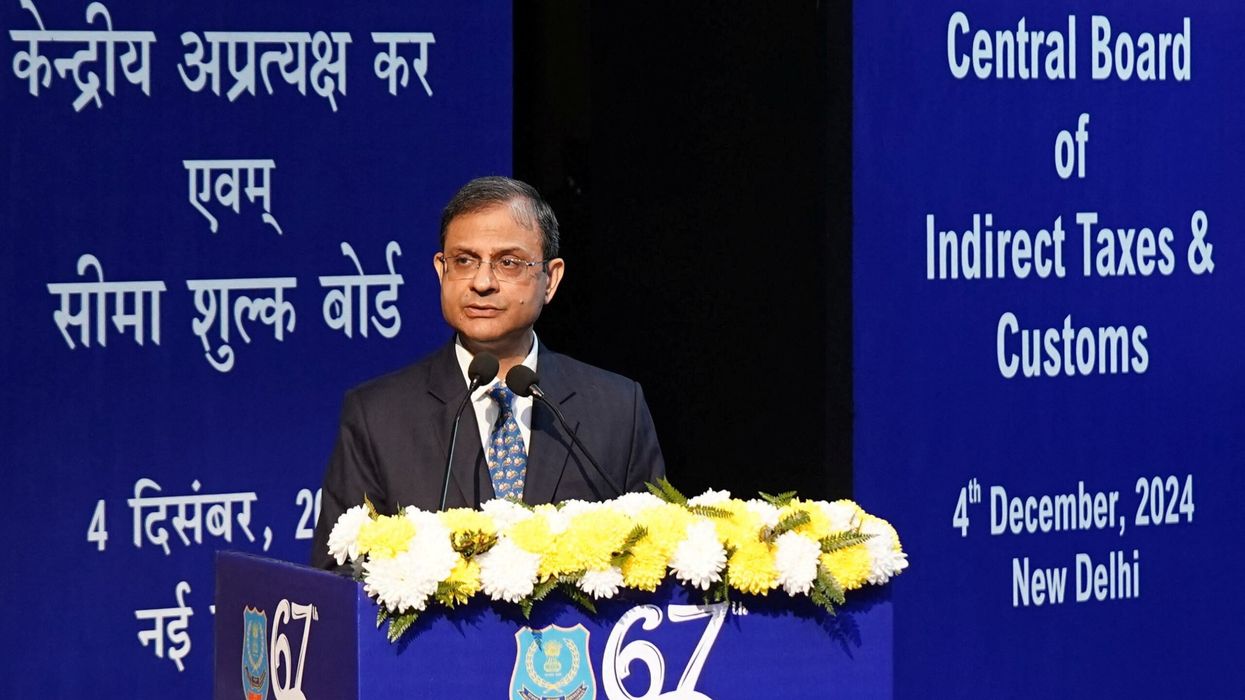INDIAN business Wipro Limited has announced the roll-out of total operations system (TOPS) CREW, a fully-integrated IT product suite for global airlines.
Developed jointly by Wipro and Qatar Airways in an innovative co-investment model, TOPS is one of the products available in the aviation market, today. It helps in increasing the safety awareness, efficiency and profitability of airline operations.
TOPS is a suite of products to which TOPS CREW is the latest addition.
TOPS CREW helps airlines manage all major processes related to crew management such as leave bidding and planning, crew training and crew tracking.
This product helps to maximize productivity by managing crew operations, optimizing costs and reducing operational delays.
TOPS CREW provides a ‘what-if’ analysis tool allowing airlines to prepare, review and compare various solutions to address business problems.
Its rule-checking ability ensures all real-time changes are checked for regulatory compliance, airline-stipulated requirements and also highlights violations of crew legality.
Nitesh Jain, vice president and global head – travel, hospitality and public sector vertical, consumer business unit, Wipro Limited said: “The airlines of the future want a holistic and integrated view of their operations spanning passengers, aircraft and crew. They are increasingly investing in digitalization to achieve this.
“TOPS is a unique product suite that has the potential to transform the Operations Control Centre (OCC) of airlines into an Integrated Operations Centre (IOC) where cross-functional teams can analyse data and make decisions, collaboratively. We see significant business opportunities in the global aviation sector and are confident that we can leverage these through innovative products such as TOPS.”
As a partner in the development, Qatar Airways is also the first customer to successfully implement the TOPS product suite across both flight operations and crew management.
TOPS covers the entire spectrum of business processes of an airline’s flight and crew operations that includes long-term and short-term maintenance planning, day-to-day operations support including tail assignment, movement control and flight tracking.












